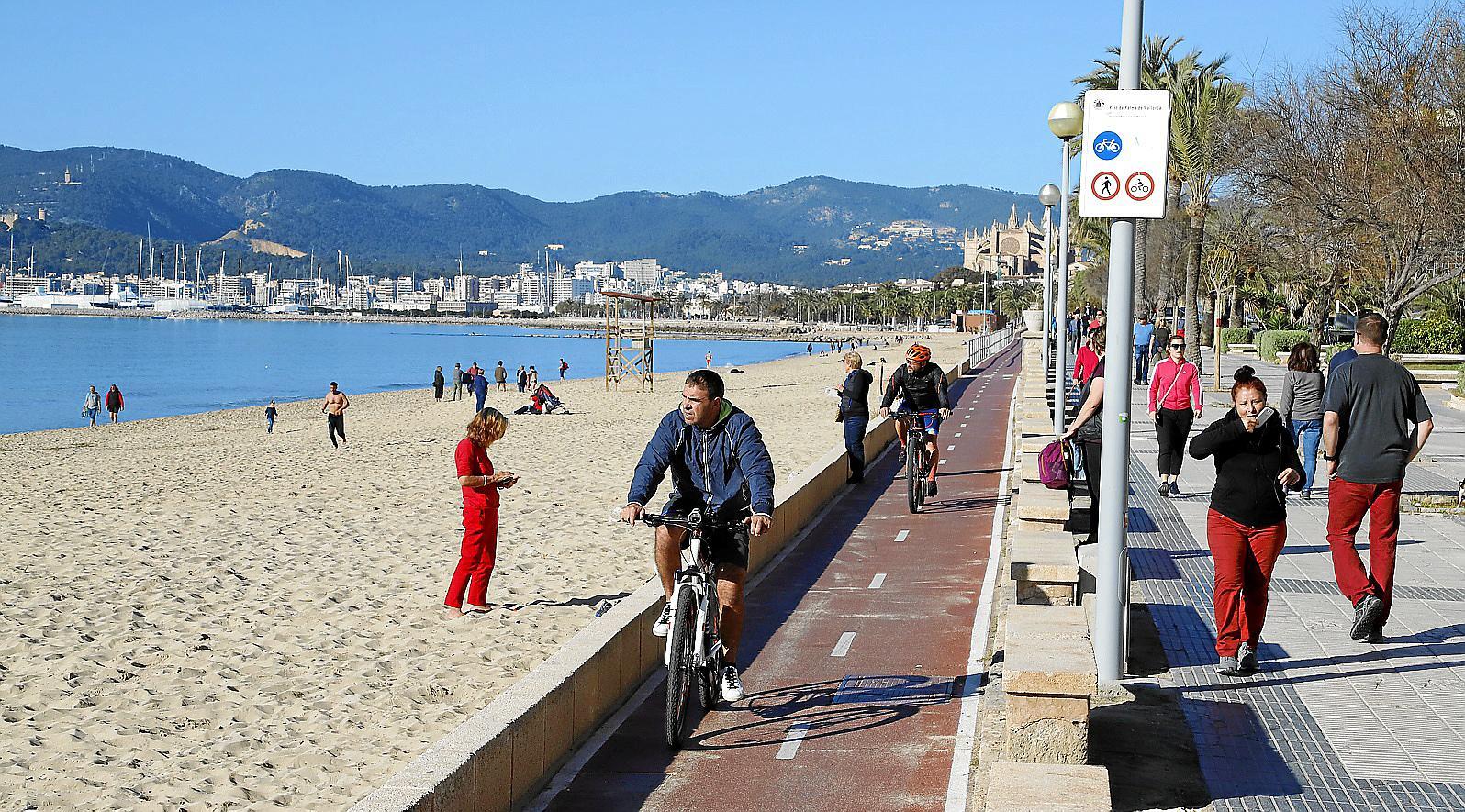This is indicative of how mobility is changing in the city. The number of scooters on the streets has shot up, and Palma town hall is in the process of preparing its sustainable mobility plan.
Victor Sola says that the boom in scooters is so great that they appeal to all ages. "We used to think that they would be for young people. But we have customers from 16 to 70." Right now, and like everyone else, "we have a problem with stocks".
As with scooters, the pandemic has encouraged the use of bikes. Marc Carbonell of the Bimont store points out that they are lucky, as they have stock. "Worldwide bicycle sales have risen 400 per cent. We have a full warehouse, but it is a difficult situation. The second-hand market is exploding. Whoever has a bike has a treasure."
Joana Maria Seguí, professor of human geography at the University of the Balearic Islands explains that the population has increased by 40 per cent over the past thirty years. And cars have grown in the same way. On top of these are the hire cars for tourists, which further congest the roads going in and out of Palma.
Segui adds that mobility is closely linked to urban planning. "One needs to go back to the old city, with a mixture of uses where the residence was close to work, leisure and school. But in the 1930s, with Le Corbusier, zoned urbanism appeared. Each area of the city has its function and that generates significant transport needs."
“There is a sense of being overwhelmed in the city. Limits have to be placed on the number of cars. Palma is a walkable city, with attractive routes. Neighbourhoods on the periphery should be on these routes. But on a rainy day, the car is a trap in Palma."
Walking, scooters, bikes, buses. These all have their role in dealing with the city's traffic jams. What the city awaits is the town hall's full diagnosis as to how Palma will be moving in the future.


No comments
To be able to write a comment, you have to be registered and logged in
Currently there are no comments.